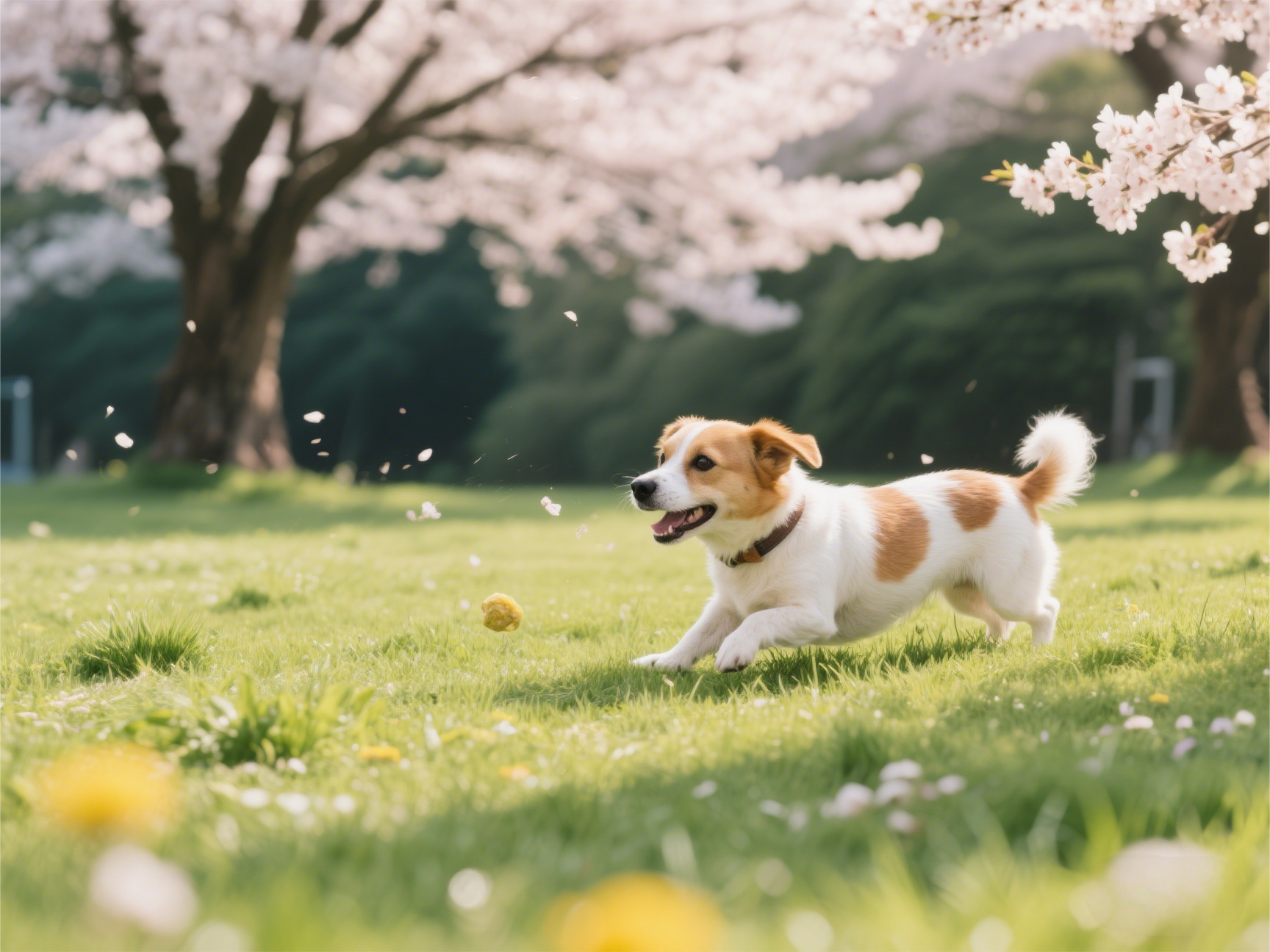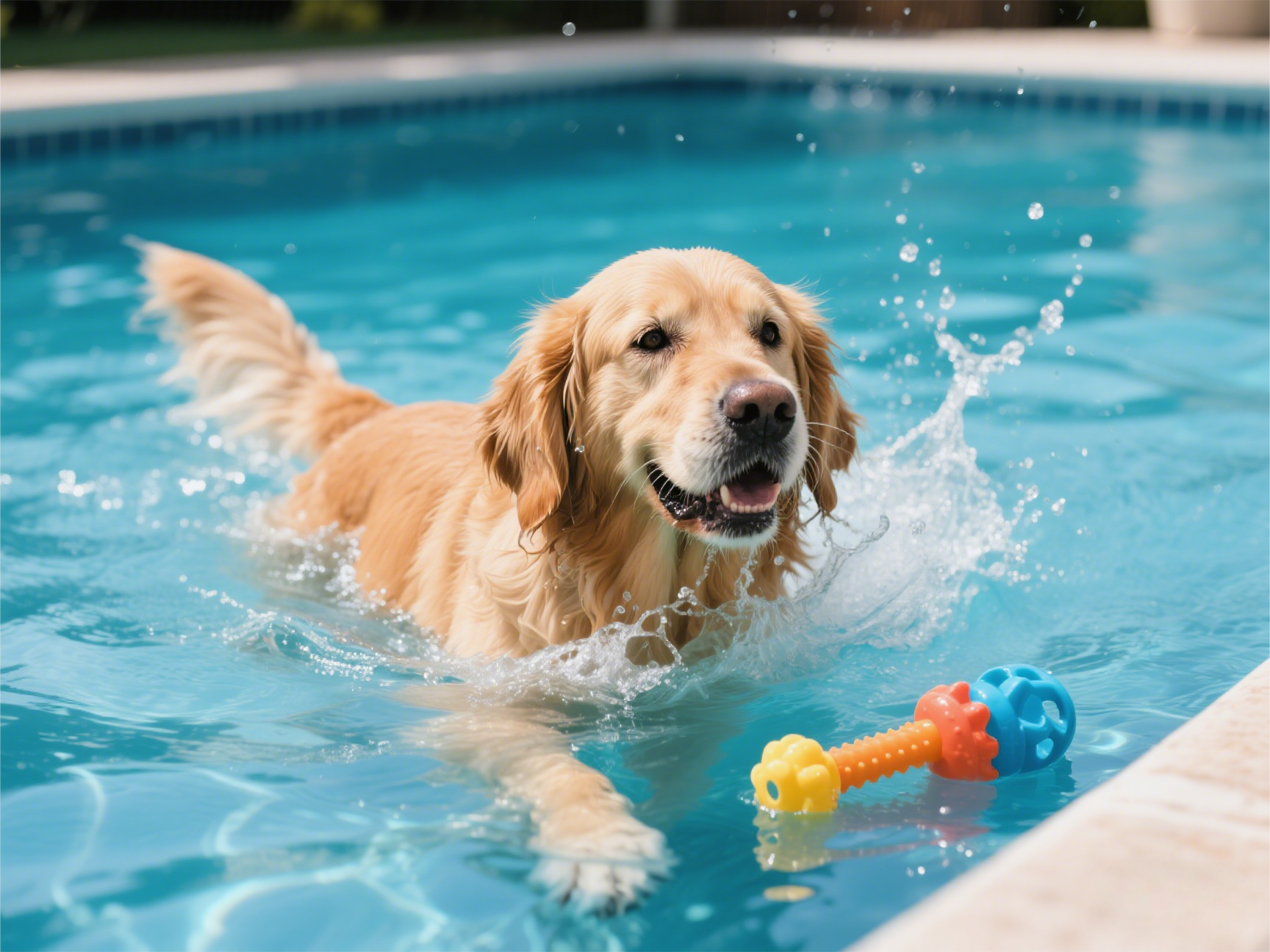Training a large dog to walk calmly on a leash is both an art and a science. While technology like the DBDD Pet Tracker can enhance safety, the foundation lies in consistent, structured training. Below is a detailed guide to leash training, with strategic integrations of GPS features to address common challenges.

1. Establish Basic Leash Etiquette
Start Indoors: Begin training in a low-distraction environment like your living room. Attach the leash and let your dog drag it freely while rewarding calm behavior. Gradually pick up the leash and practice walking short distances. Use treats or a clicker to mark moments when the leash remains loose.
Fix Pulling Early: For dogs that pull, stop walking immediately when tension occurs. Wait for your dog to return to your side, then reward and resume. Repeat this consistently—large dogs learn that pulling never gets them forward.
DBDD Integration: Activate the safe zone alert during indoor training. If your dog bolts toward a door or window, you’ll receive an instant notification, allowing you to intervene before they develop a habit of escaping.
2. Transition to Outdoor Environments
Start Quiet, Then Build Complexity: Move to a backyard or empty park once your dog masters indoor leash manners. Use a 6-foot leash (avoid retractable leashes for large breeds) to maintain control. Practice “heel” commands, rewarding your dog for staying close to your leg.
Handle Distractions: If your dog lunges at squirrels, birds, or other dogs, use a firm “leave it” command and redirect their attention to you. Carry high-value treats (e.g., chicken or cheese) to reinforce focus.
DBDD Integration: Enable real-time GPS tracking during outdoor sessions. If your dog breaks free, the tracker’s precise location updates help you recover them quickly. Review the route history post-walk to identify recurring distractions (e.g., a busy street or a neighbor’s cat) and simulate those scenarios in future training.
3. Tackle Persistent Pulling with Advanced Techniques
Change Direction: Randomly switch directions during walks. This teaches your dog to pay attention to your movements rather than forging ahead. Reward them for adjusting their pace to match yours.
Use a Front-Clip Harness: For powerful pullers, a front-clip harness gently redirects your dog’s momentum sideways, discouraging pulling without causing discomfort.
DBDD Integration: Monitor your dog’s activity levels to ensure they’re adequately exercised before walks. A tired dog is less likely to pull.
4. Proofing for Real-World Scenarios
Practice Near Traffic: Gradually expose your dog to busier areas. Start during off-peak hours, using treats to reward calm behavior around cars, bikes, or pedestrians.
Socialization: Introduce your dog to other leashed dogs in controlled settings. Reward polite greetings (e.g., sitting calmly) and use the leash to gently guide them away if they become overexcited.
DBDD Integration: In high-risk areas (e.g., near roads), tighten the virtual fence radius. If your dog approaches a danger zone, the tracker sends an alert, giving you time to steer them back.
5. Emergency Preparedness
Even well-trained dogs can spook or slip their collar. For peace of mind:
• Always double-check leash and harness fittings before walks.
• Train a rock-solid “emergency recall” command (e.g., a whistle or specific word).
• Use the DBDD Tracker's real-time GPS tracking mode to find your dog if it go missing.

Confidence Through Consistency
Leash training a large dog demands patience, but the payoff—a calm, responsive companion—is invaluable. Pair traditional methods with the DBDD Pet Tracker’s GPS safety net to address risks proactively. By understanding your dog’s triggers, energy levels, and habits, you can transform walks from chaotic to enjoyable.





Leave a comment
All comments are moderated before being published.
This site is protected by hCaptcha and the hCaptcha Privacy Policy and Terms of Service apply.